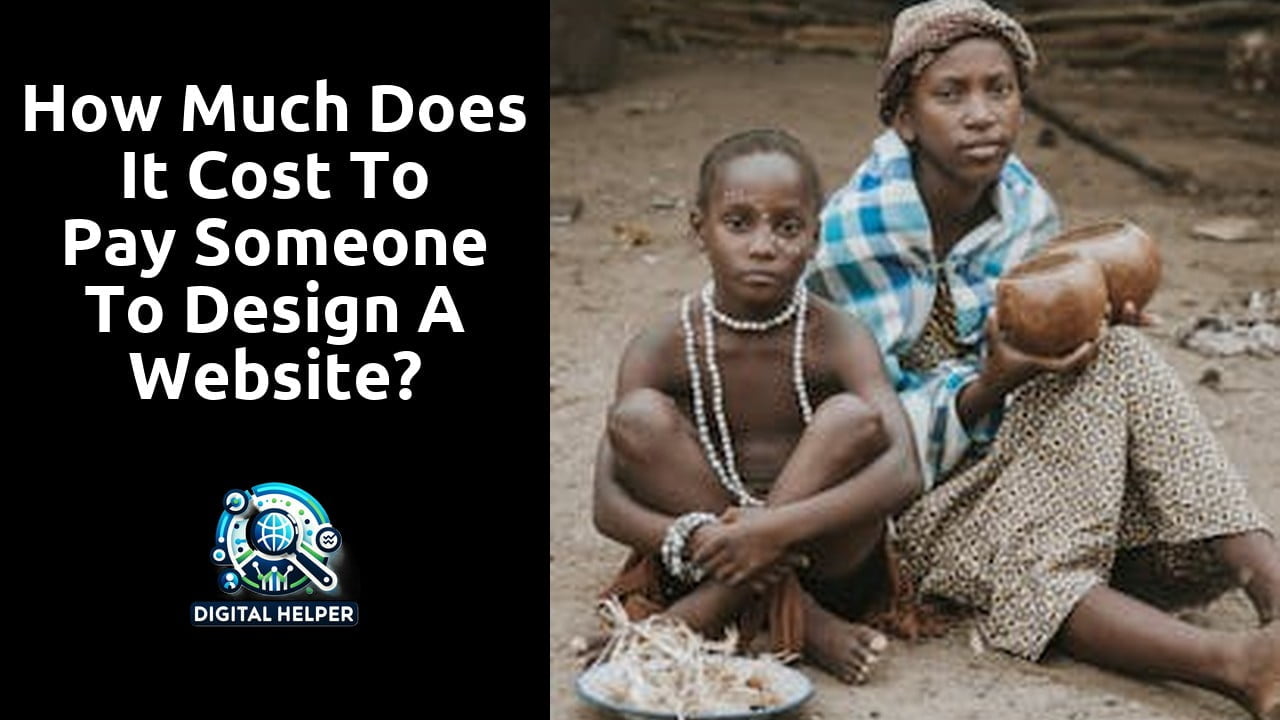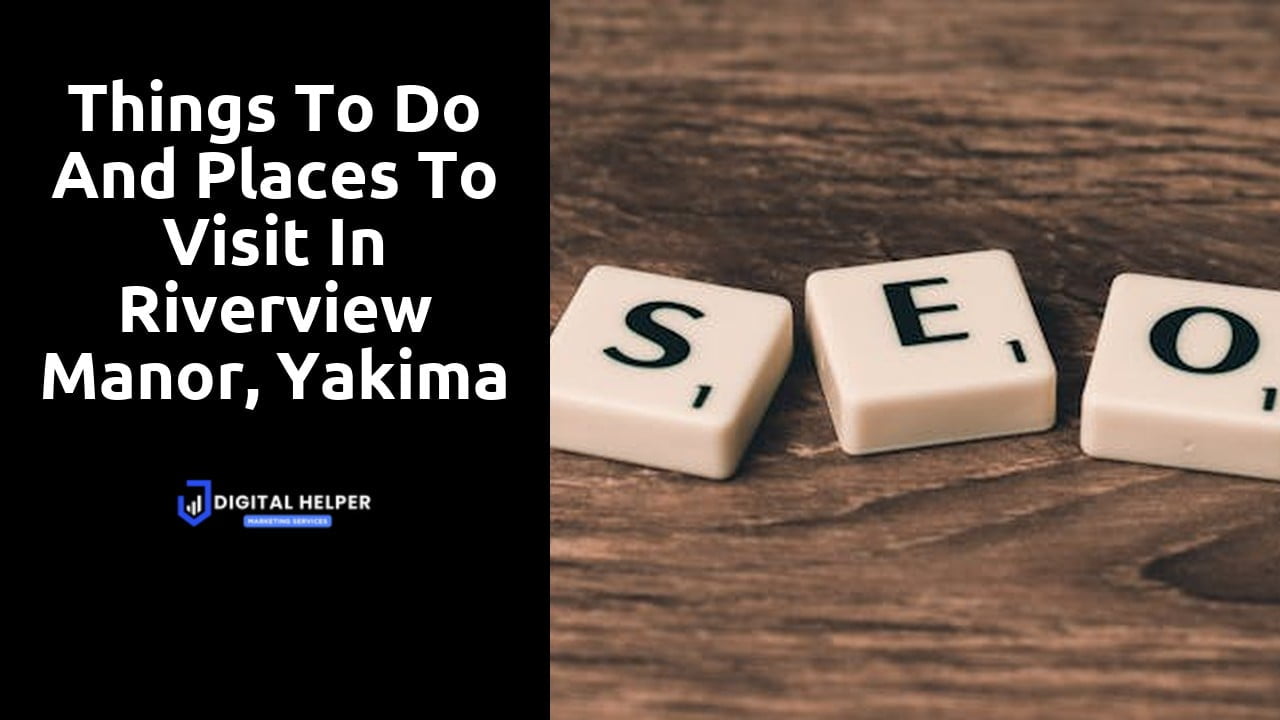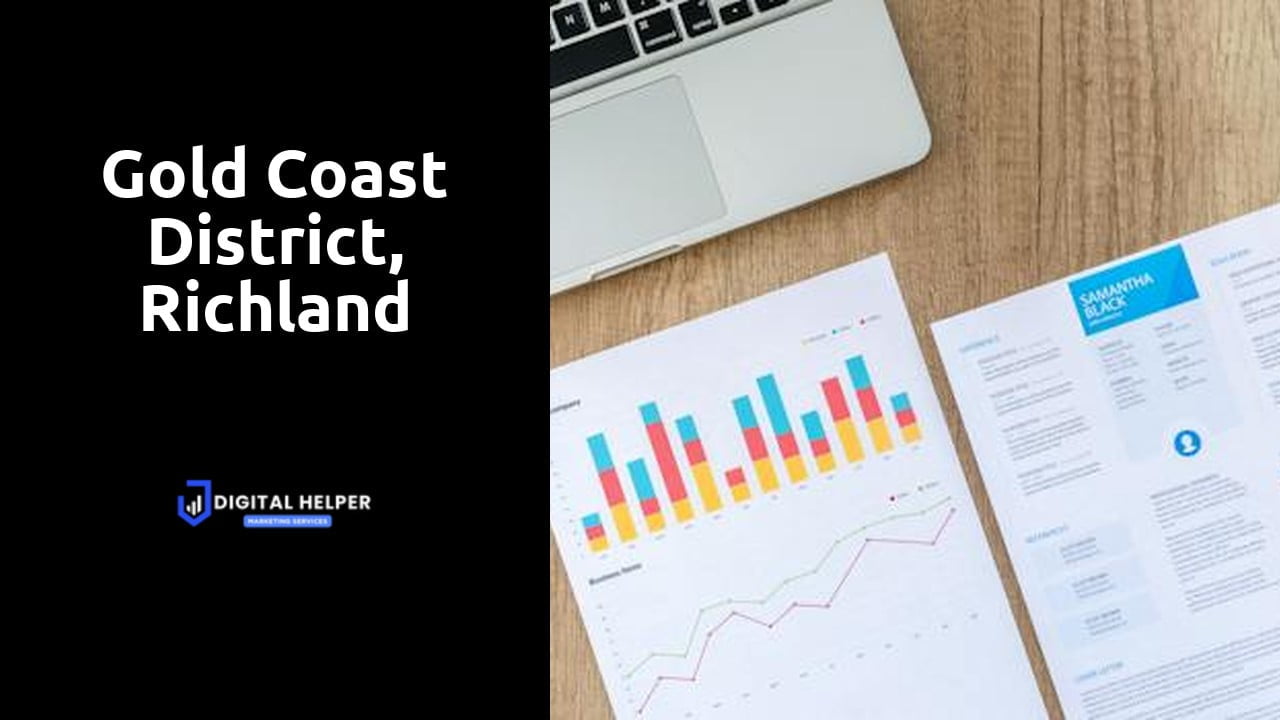How much does it cost to pay someone to design a website?
Table Of Contents
Negotiating Pricing with Designers
When it comes to negotiating pricing with website designers, it’s essential to communicate your budget clearly from the outset. Be transparent about what you can afford and what you are willing to pay for the services you require. Setting a clear budget helps designers understand your limitations and allows them to tailor their offerings according to your financial constraints. However, it’s also crucial to remember that quality often comes at a price, so be prepared to balance your budget expectations with the level of expertise and quality you are seeking.
Another important aspect of negotiating pricing with designers is to highlight the value you bring as a client. Emphasize the long-term potential of a successful working relationship and the possibility of future projects. Demonstrating that you are a reliable and respectful client can sometimes lead designers to be more flexible with pricing or include additional services at a discounted rate. Ultimately, building a positive rapport and showcasing your commitment to the project can go a long way in negotiating a reasonable and mutually beneficial price with website designers.
Payment Structure
Understanding the payment structure when hiring a designer for your website is crucial for managing your budget effectively. Most website designers typically charge in one of three ways: hourly rates, fixed project fees, or retainer agreements. Hourly rates are common for small projects or those with uncertain scope, where the client pays for the actual time spent on the project. On the other hand, fixed project fees are set prices for the entire project, providing more clarity on costs from the start. Retainer agreements involve an ongoing payment to the designer for a set amount of work over a period of time, which can be beneficial for long-term projects requiring continuous updates and maintenance.
When establishing the payment structure with your designer, be sure to clarify the payment schedule and milestones for larger projects. It’s essential to have a clear understanding of when payments are due and what deliverables trigger each payment. This not only helps you budget accordingly but also ensures that you and the designer are aligned on expectations throughout the project. In some cases, designers may require an initial deposit before beginning work, with subsequent payments due at specified project milestones or upon completion. By establishing a transparent payment structure, both parties can avoid misunderstandings and focus on creating a successful website within the agreed budget.
Hidden Expenses in Website Design
When it comes to website design, hidden expenses can often catch business owners off guard. One common hidden cost is domain registration, which is the annual fee to secure the web address for your site. While this cost may seem minimal, it is essential for maintaining your online presence and should be factored into your budget from the beginning.
Another hidden expense to consider is web hosting. Many designers may not include hosting fees in their initial quotes, leaving you to cover this cost separately. Web hosting is crucial for keeping your website live on the internet, so make sure to inquire about this cost upfront to avoid any surprises down the road. Additionally, some designers charge extra for maintenance and updates after the initial design is complete, so be sure to clarify these details before committing to a designer.
Domain Registration
Registering a domain for your website is a crucial step in establishing your online presence. Domain registration is the process of reserving a unique name for your website, which will serve as its address on the internet. The cost of domain registration varies depending on the domain extension (.com, .net, .org, etc.), the registrar you choose, and any additional services you opt for.
When considering domain registration costs, it’s important to factor in renewal fees as well. Domains are typically registered on an annual basis, so you’ll need to budget for ongoing expenses to maintain ownership of your domain name. Some registrars offer discounted rates for the first year of registration, so be sure to inquire about renewal fees to avoid any surprises down the line.
Tips for BudgetFriendly Web Design
When looking to design a website on a budget, choosing the right content management system (CMS) can make a significant impact. Opting for open-source platforms like WordPress or Joomla can save costs compared to custom-built solutions. These CMS options provide a range of design templates and functionalities that can be customized to suit your needs without breaking the bank.
Another tip for budget-friendly web design is to prioritize essential features and functionalities for your website. By focusing on the most crucial aspects of your site’s functionality and design, you can avoid unnecessary expenses on bells and whistles that may not be essential to achieving your website’s goals. Keeping your website design simple and streamlined can not only save you money but also improve the user experience and overall effectiveness of your site.
Content Management System
When it comes to selecting a content management system (CMS) for your website, there are several factors to consider. Firstly, determining your specific needs and the features you require can help guide you in choosing the most suitable CMS for your project. CMS platforms like WordPress, Joomla, and Drupal offer various functionalities and levels of customization, so it’s essential to assess which one aligns best with your goals and technical expertise.
Additionally, considering the scalability and flexibility of the CMS is crucial for future growth and maintenance. A CMS that can easily accommodate updates, changes, and expansions to your website without significant complications or costs will be beneficial in the long run. It’s advisable to research and consult with web development professionals to determine the most fitting CMS solution based on your project scope and objectives.
FAQS
What factors can affect the cost of hiring someone to design a website?
Factors that can affect the cost of website design include the complexity of the project, the experience and expertise of the designer, the features and functionality required, and any additional services needed.
How do designers typically determine their pricing for website design?
Designers may determine their pricing based on factors such as the number of pages, the level of customization, the time and effort required, and the value they bring to the project.
Are there any hidden expenses to consider when hiring someone to design a website?
Yes, hidden expenses in website design may include domain registration fees, hosting fees, premium plugins or themes, ongoing maintenance costs, and any additional services not included in the initial quote.
Can I negotiate pricing with designers for website design services?
Yes, you can negotiate pricing with designers by discussing your budget, outlining your requirements, and asking if there are any ways to reduce costs without compromising on quality.
What payment structures are commonly used for website design services?
Common payment structures for website design services include hourly rates, fixed project fees, retainer agreements, and milestone payments based on project progress.
What are some tips for budget-friendly web design?
Tips for budget-friendly web design include choosing a simple design, using a content management system for easy updates, sourcing images and content yourself, and considering DIY options for certain elements of the website.
Related Links
Website Design
How can I design my own website?
How much does a typical website design cost?
What are the 7 major steps to designing website?






